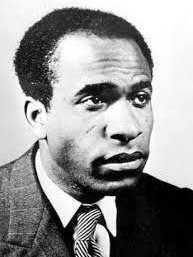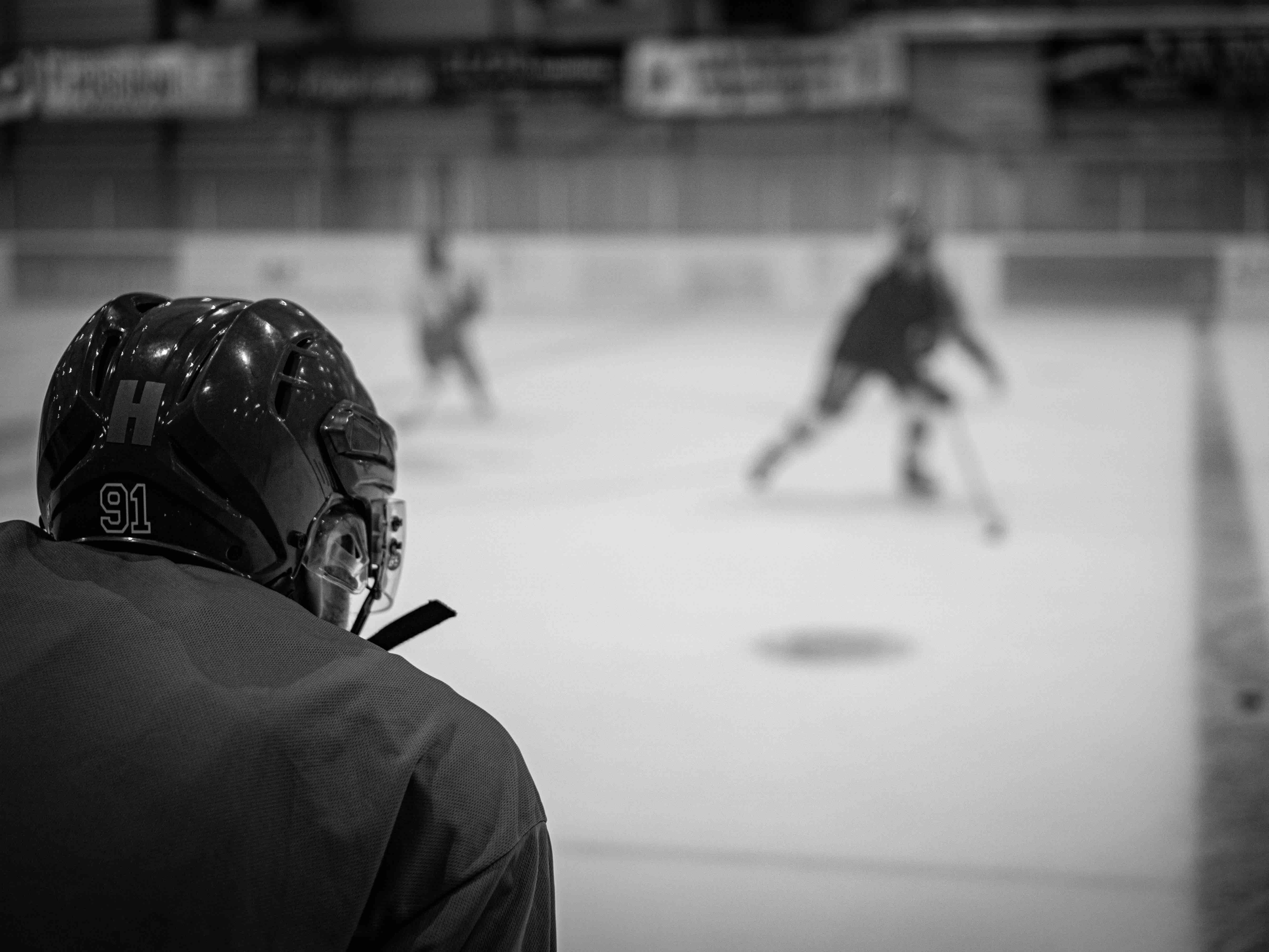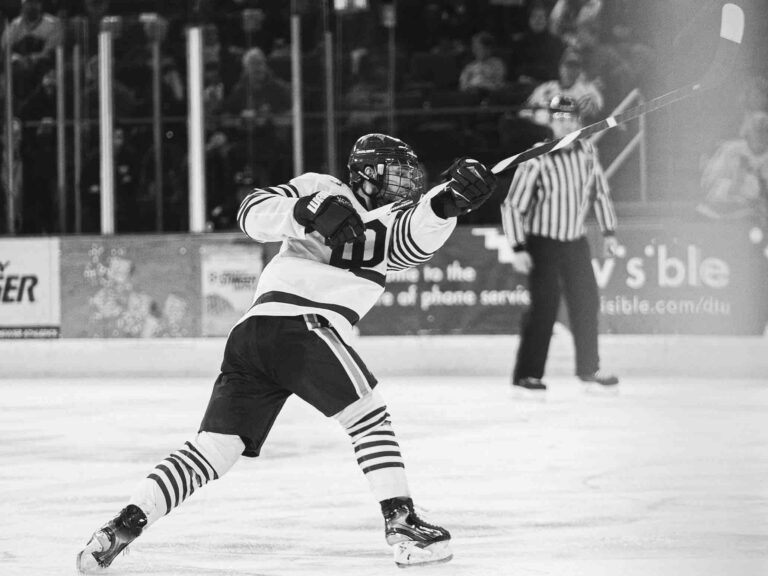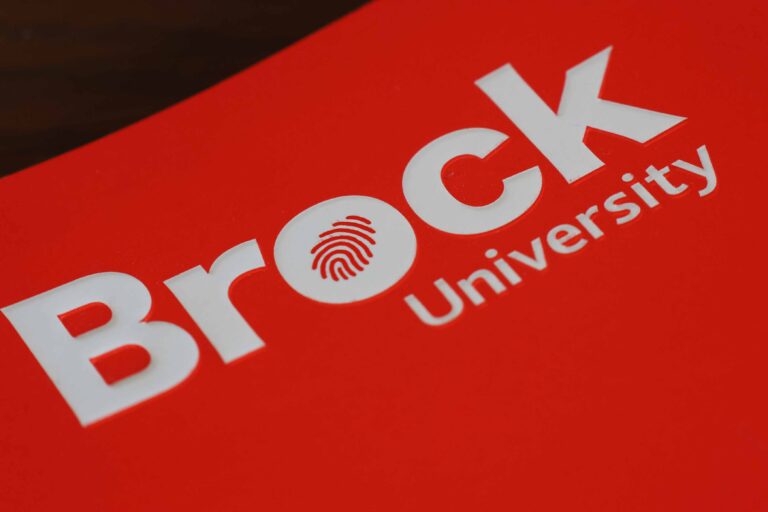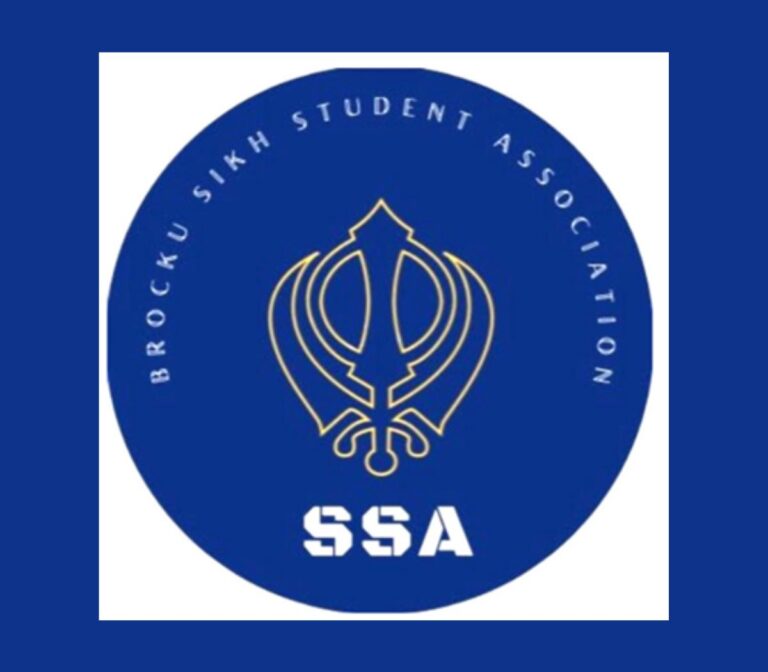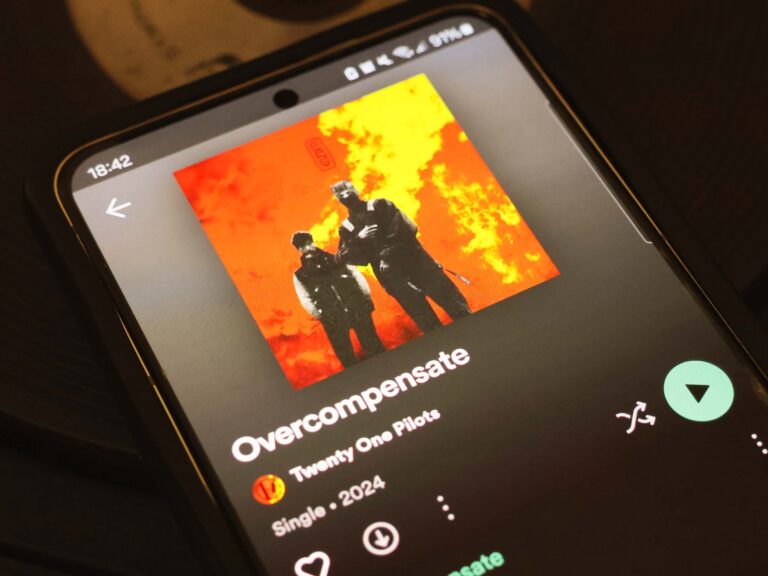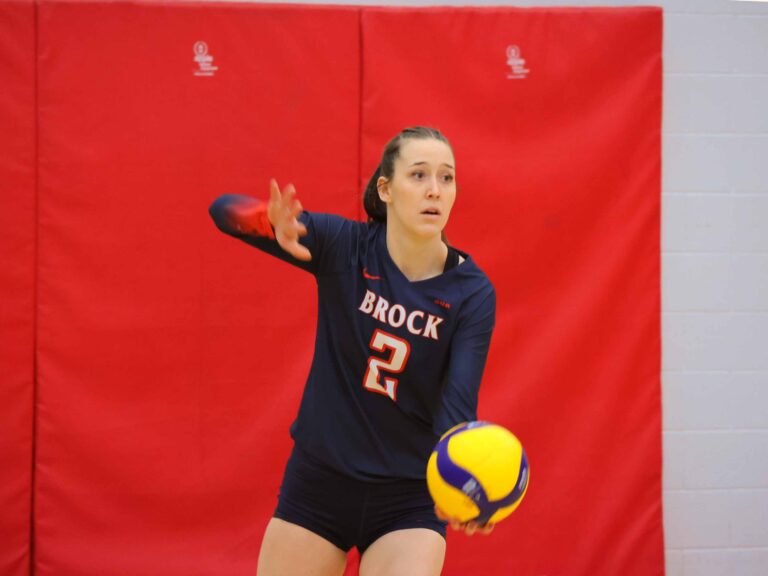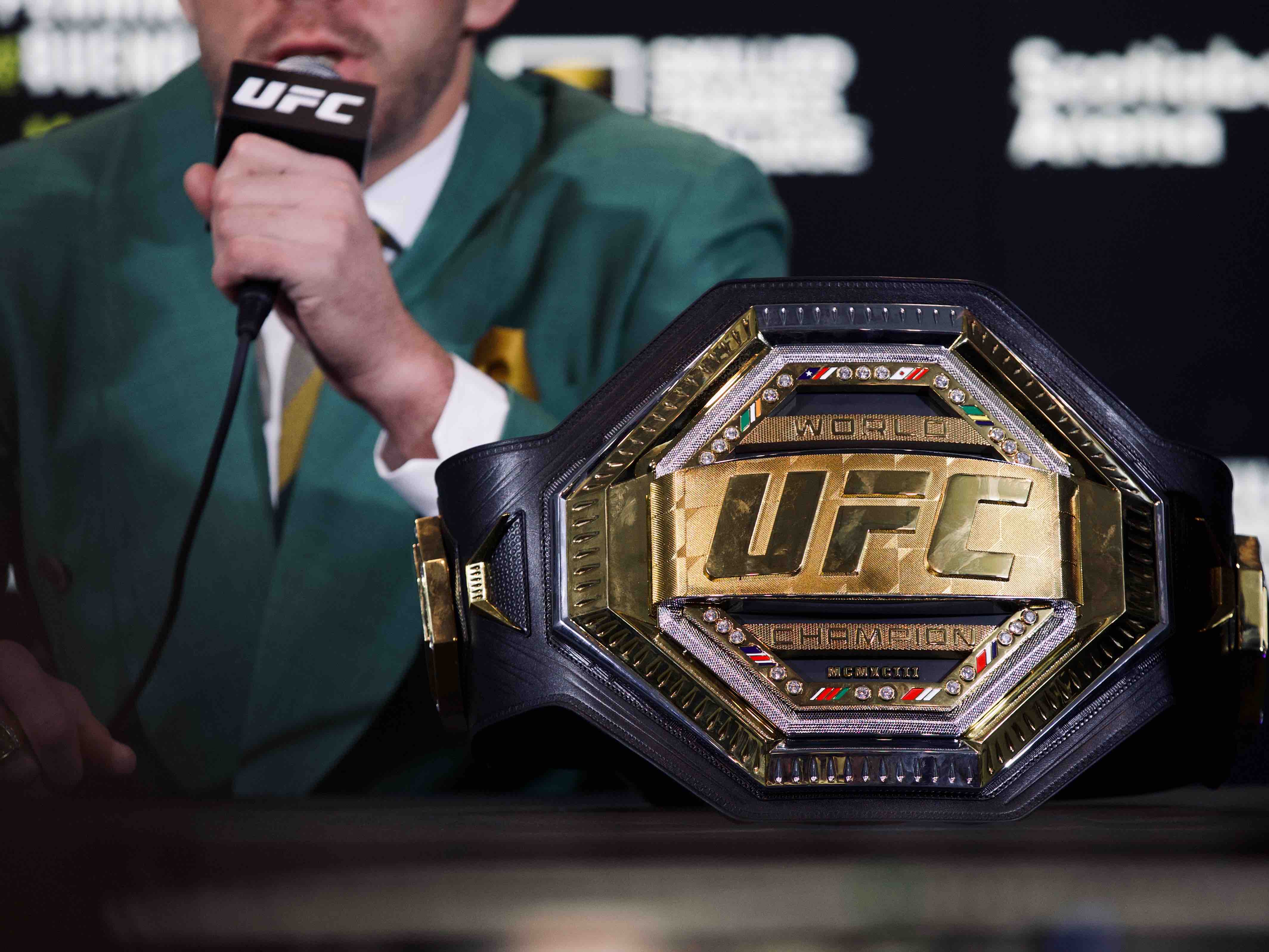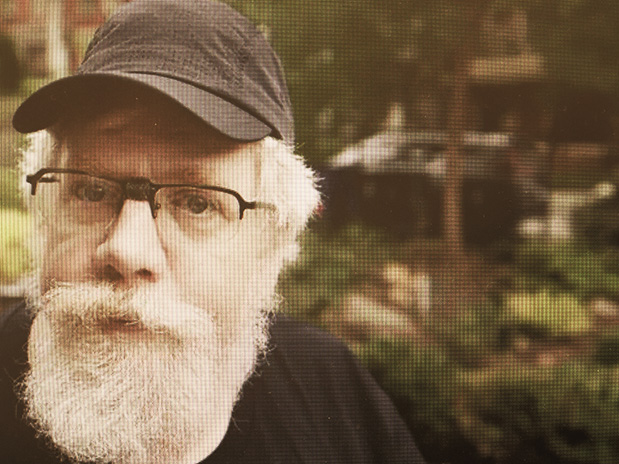Click here to read the first part of this Pokémon retrospective, which focuses on Pokémon Black and White. Click here to read the second part, which focuses on Pokémon X and Y.
Ah, Pokémon Sun and Moon. These titles are full of nostalgic memories reminiscent of simpler times: the sun is shining; adventure is calling; and as I travel from destination to destination, my hand is being held so tightly that I’m simply begging to be set free.
Pokémon Sun and Moon are the franchise’s flagship seventh-generation titles, and like their predecessor, they are Nintendo 3DS exclusives.
The initial reveal of Sun and Moon poised the games as a major 20th-anniversary celebration for the franchise. The trailer hinted at an island locale for the titles, a vast departure from the urban themes of previous generations. While Generations One through Four were based on real-life regions in Japan, Generations Five and Six moved away from Eastern themes by taking inspiration from New York City and France respectively.
With Sun and Moon’s tropical Alola region, though, the franchise appeared to be moving away from densely-populated urban cities and moving toward a more unique identity. This was something distinct for the series and wonderful to see in a franchise that had become reliant on tradition and repetition.
Thankfully, this philosophy continued into the games’ greater design, with many gameplay concepts and plot points deviating from the franchise’s long-since-set norms. Unfortunately, as revolutionary as many of these new ideas were, they came with a few trade-offs that would end up making Sun and Moon simultaneously the most fresh and frustrating entries the franchise had ever seen.
Let’s start with the positives.
The Alola region, a core facet of the games’ identity, is uniquely memorable and forms a brilliant contrast with the series’ big-city urban traditions. The region is comprised of four islands which are explored linearly, and like Super Mario Sunshine, the games usually make every effort to stay true to their tropical source material.
Throughout their adventure, players visit sandy beaches, tropical cities, dense jungles, and even a massive volcano. The game takes some creative liberties with locations such as a snowy mountain, but it’s understandable that Game Freak wanted some further diversity in the types of locations the player explores.
Speaking of the tropical setting, the lineup of new Pokémon species is fantastic in Sun and Moon. More than ever before, the new species feel truly in line with the game’s setting, and the creatures genuinely feel like they came straight out of an island paradise. There have been previous Pokémon species that felt inspired by their respective region, but as a whole, the seventh-generation Pokédex feels more committed to its region than ever before.
Standouts include creatures based on geckos, sand castles, sea cucumbers and – perhaps the most obvious example – a wreath of flowers.
But the 86 new species introduced in Sun and Moon aren’t all. The game also introduces “Alolan Forms” of already existing Pokémon, which are redesigns of old species that are supposedly only found in the Alola region. Alolan Forms were only given to first-generation Pokémon, but they breathed new life into old, familiar designs.
The game introduces some user-friendly features like revealing the effectiveness of a Pokémon’s moves before you use them, and the removal of the long-frustrating Hidden Machine (HM) system. Some might be concerned that these changes make the game too easy, but I argue that there’s a difference between features that smoothen the game experience – commonly referred to as quality-of-life features – and removing meaningful challenges from the actual turn-based gameplay.
For the first time in series history, Sun and Moon drop Pokémon Gyms, replacing them with similar-yet-different Island Trials. Each Trial requires the player to finish a different task around the island, whether that means progressing through an area, winning a spot-the-difference challenge, foraging for materials or successfully passing a quiz. Each Trial concludes with a boss battle against a powered-up Totem Pokémon, which tests the player’s team. Progression-wise, they serve a similar purpose to Gyms, but they’re a nice change of pace for the once-formulaic franchise.
The villainous team of antagonists in Sun and Moon is also a major improvement in comparison to X and Y.
The games feature the organization Team Skull: a group of trouble-causing knuckleheads with no clear ambition in mind. They’re easily the least intimidating “evil Team” out of the franchise so far, but this works because they’re clearly written as comic relief rather than the usual terrorist organization. The games make a big joke out of Team Skull, and the game never asks the player to take them too seriously.
What’s interesting about the setup is the eventual plot twist. It’s eventually revealed that the Aether Foundation, an organization that is initially treated by the game as a group of people wanting to rescue and help injured Pokémon, is the game’s true antagonist. Unbeknownst to the player throughout most of their adventure, the Aether Foundation’s leader is driven by an obsession for otherworldly “Ultra Beasts,” and her true ambition is to open a dangerous wormhole to another world so she might become closer to them.
It needs to be mentioned that plot twists are incredibly unusual for Pokémon titles. Normally, villainous teams are obvious antagonists from the very beginning, so it’s another nice change to reinvent the Pokémon formula.
That’s about everything the game does right, and with all those changes, it’s definitely a much more interesting adventure than the preceding X and Y. However, it wouldn’t be a modern Pokémon game if it didn’t mess up somewhere, and sure enough, the game has several issues that make it much less enjoyable than entries like Black and White.
The game’s biggest flaw can be summed up in one word: handholding.
Throughout the entire adventure, the game constantly check-ups on the player and reminds them where they need to be going or what they should be doing next. The games strip away any sort of independence from the player, and at times, you have to wonder if the game designers just think you’re a complete and total idiot.
While older Pokémon titles felt like you were stepping into the world to go on a grand adventure of independent discovery, Sun and Moon feel more like you’re being led on an overly scripted tour. Rather than letting the player discover the world for themselves, the game has constant NPCs waiting around every corner ready to deliver long walls of text to the player. Frankly, it’s annoying, and it often feels like the game needs to put far more trust in the player.
Imagine you’re on a tour of a tropical resort and you want to explore, but after every 50 steps you take, your tour guide freezes you in your tracks and forces you to listen to a boring monologue. Congratulations: you’ve just had the Sun and Moon experience.
It may sound like a small point especially when contrasted against the long list of positives that Sun and Moon offer, but remember that this is constant throughout the whole experience. This doesn’t just affect a short portion of the game – it’s a major downfall for the entire experience and makes it significantly less fun than it could have been with fewer restrictions.
This might be nice for people who don’t often play video games or enjoy text-based experiences, but for the plethora of returning players and series’ veterans, it’s condescending and patronising.
A connected issue is the massive amount of text throughout the whole adventure. For those who don’t skip through dialogue by mashing the A button, a considerable amount of time playing Sun and Moon will likely be spent reading.
In fact, when the games’ definitive versions launched a year later as Ultra Sun and Ultra Moon, an interview with Game Freak revealed that those versions actually double the script from the original Sun and Moon, meaning the problem is twice as bad in those versions. How is that a selling point?
It’s not a visual novel. It’s Pokémon. Cut the crap and get on with it already.
The other major issue with Sun and Moon is that they almost ignore the highly popular Mega Evolution feature from X and Y. Now, Sun and Moon do technically feature Mega Evolution, but it’s swept to the side in favour of a new (and much less exciting) gimmick, Z-Moves. In short, Z-Moves are powered-up moves for different types and species of Pokémon. They’re interesting, but they pale in comparison to Mega Evolution, which felt like extensions of old tried-and-true creature designs.
Instead, Mega Evolution feels like an afterthought that was included as a technicality. The player only unlocks Mega Evolution after beating the game, and it’s clear that Z-Moves are now the main focus.
On its own, this may not be a big deal – after all, Megas are still in Sun and Moon – but the problem is that this move started the trend of abandoning gimmicks in favour of new ones, something that would become even worse in subsequent generations when Mega Evolutions and Z-Moves were dropped entirely. Fans were excited by Mega Evolution when they launched in X and Y, but apparently, it was just a gimmick meant to be forgotten about by the next generation. Despite featuring Mega Evolution in the post-game, I argue that Sun and Moon are still the first entries responsible for this terrible tradition.
All in all, Sun and Moon aren’t inherently bad games. There’s a lot they do well; the problem is that their positives are each dragged down by poor development decisions that burden the entire experience. Their highs are a lot higher than that of X and Y, but similarly, their lows are a lot lower.
Unfortunately, like X and Y, a lot of the problems seen in Sun and Moon would carry into later games in the franchise. These issues aren’t one-and-done; they’re omens of worse things to come.
Perhaps Pokémon Sun and Moon would be remembered as better games if their issues didn’t continue into subsequent generations, but as it stands, it’s hard not to see them as anything but the games that launched the series further into unending freefall.
This article is part of an ongoing retrospective on the downfall of the Pokémon mainline games. The next article in this series will cover the franchise’s eighth generation’s flagship titles, Pokémon Sword and Shield. To remain updated on this series, stay tuned to The Brock Press.



